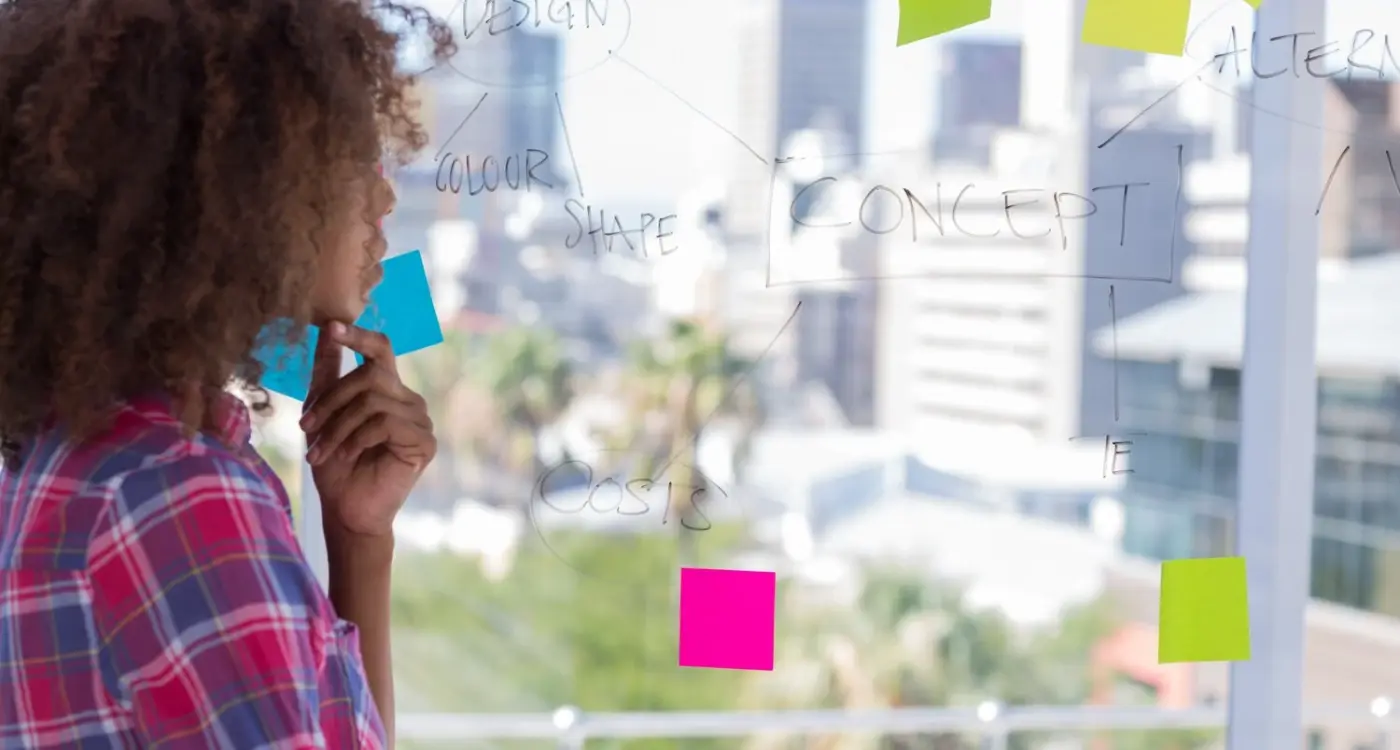How Long Does Psychology First App Development Take?
Building apps that actually work—I mean really work for people—isn't just about pretty interfaces and smooth animations anymore. After eight years of creating mobile apps, I've learnt that the most successful projects start with understanding how people think, feel, and behave. That's what psychology-first app development is all about, and honestly, it's changed everything about how we approach timelines.
Most clients come to us asking the same question: "How long will my app take to build?" It's a fair question, but when you're designing with psychology at the centre, the answer becomes more complex. We're not just coding features—we're researching user behaviour, testing mental models, and iterating based on how real people actually use things. This behavioural design process takes time, but it's what separates apps that succeed from those that get deleted after a week.
Understanding the human mind isn't something you can rush, and neither is building an app that truly connects with users
The truth is, psychology-first development often takes longer upfront than traditional approaches. But here's what I've discovered: this extra time spent understanding users saves months of expensive revisions later. Throughout this guide, we'll break down exactly what affects your app development duration and give you realistic expectations for each phase of the process.
What Is Psychology-First App Development
Psychology-first app development is exactly what it sounds like—putting human psychology at the heart of how we build mobile apps. Instead of starting with fancy features or flashy designs, we begin by understanding how people's minds work when they interact with technology. I've watched too many brilliant app ideas fail because the developers forgot one simple truth: apps are used by humans, not robots.
This approach means studying how users think, feel, and behave before we write a single line of code. We look at cognitive biases, mental shortcuts people take, and the emotional triggers that make someone love or hate an app. For instance, people make decisions in about 50 milliseconds when they first open an app—that's faster than a blink! Psychology-first development respects these mental processes rather than fighting against them.
Key Elements of Psychology-First Development
- Understanding cognitive load and mental effort required
- Designing for emotional responses and user feelings
- Mapping user mental models and expectations
- Creating intuitive navigation that feels natural
- Building trust through consistent, predictable interactions
The difference between traditional development and psychology-first development is like the difference between building a house and building a home. Technical functionality gets you the house; understanding human needs creates the home people actually want to live in. This is part of what separates good apps from great ones—that deep understanding of user psychology.
Understanding User Behaviour and Mental Models
When I'm working with clients on psychology-first apps, one of the biggest misconceptions I encounter is that we can simply guess what users want. People think they know their audience inside out, but here's the thing—users don't always do what they say they'll do. They've got these mental models running in their heads, which are basically the shortcuts and patterns they use to make sense of the world around them.
Think about how you use your phone. You probably swipe, tap, and navigate without really thinking about it. That's your mental model at work. When we're planning app development timelines, understanding these mental models becomes crucial because it affects how long our behavioural design process will take.
The Three Layers of User Behaviour
- Conscious actions—what users think they want to do
- Subconscious habits—what they actually do without thinking
- Emotional triggers—what makes them feel good or frustrated
Getting to grips with these layers takes time. You can't rush user research, and you certainly can't skip the testing phases. I've seen too many projects go over budget because teams underestimated how long it takes to really understand their users' mental models.
Budget extra time for user research in your app development duration planning—users will always surprise you with behaviour you didn't expect.
The key is accepting that understanding users isn't a one-week job; it's an ongoing process that shapes your entire psychology app development timeline. This deep user research forms the foundation for building customer empathy into your app development process.
The Psychology-First Design Process Stages
Right, let's talk about what actually happens when you decide to build an app using psychology-first principles. I'll be honest—it's not your typical design process. Most agencies will jump straight into wireframes and prototypes, but we've learnt that skipping the psychology bit is like trying to build a house without foundations.
Discovery and Mental Model Mapping
The first stage is all about understanding how your users think. We spend time mapping out their mental models—basically figuring out what they expect to happen when they tap, swipe, or interact with your app. This isn't guesswork; we use proper research methods like user interviews and cognitive walkthroughs. Takes longer than you might expect, but trust me, it's worth it.
Behavioural Design and Testing
Once we understand the psychology, we start designing with behaviour in mind. Every button placement, every colour choice, every animation gets scrutinised through a psychological lens. We're asking questions like: does this reduce cognitive load? Will users understand this interaction pattern? Does it feel natural? Then comes the testing—lots of it. We prototype early and test often because what works in theory doesn't always work in practice. Users are wonderfully unpredictable that way!
Timeline Factors That Impact Development Duration
After years of working on psychology app development projects, I've noticed that clients often underestimate how many moving parts affect the timeline. It's not just about coding—there are loads of factors that can either speed things up or slow them right down, and most of them relate to the behavioural design process itself.
User Research Complexity
The depth of psychological research needed varies massively between projects. A simple habit-tracking app might need basic user interviews, whilst a mental health platform requires extensive clinical research and validation. I've seen projects where the research phase alone took three months because we needed to understand complex user behaviours and mental models properly.
Testing and Iteration Cycles
Psychology-first apps need more testing rounds than typical apps. You can't just check if buttons work—you need to validate whether the app actually changes behaviour as intended. This means multiple prototype versions, user testing sessions, and often complete design overhauls based on psychological insights. It's crucial to avoid unpopular features that frustrate users during this iterative process.
The biggest mistake I see is rushing the behavioural validation phase because clients want to launch quickly, but this always backfires later
Your app development duration will also depend on regulatory requirements, the size of your target user group for testing, and how many behaviour change techniques you're implementing. Each psychological principle needs careful consideration and testing, which naturally extends the timeline but creates much better outcomes.
Typical Phase Durations and Milestones
Right, let's get into the nitty-gritty of timelines. After working on countless psychology-first projects, I can tell you that each phase has its own rhythm and you can't really rush the important bits—especially when you're dealing with user psychology.
The research and discovery phase usually takes 2-4 weeks. This includes user interviews, surveys, and analysing how people actually behave with similar apps. I know it seems long but trust me, skipping this bit will cost you later. The design and prototyping phase typically runs 4-6 weeks; this is where we're creating wireframes, testing different user flows, and making sure the psychology principles are baked into every screen.
Development Phase Breakdown
Development itself varies wildly depending on complexity, but here's what I typically see:
- Simple psychology-first app: 8-12 weeks
- Medium complexity with behavioural features: 12-16 weeks
- Complex apps with advanced psychology elements: 16-24 weeks
Testing and refinement add another 2-4 weeks—and this isn't optional. You'll want to validate that your psychological assumptions actually work in practice. I've seen too many projects rush this stage only to discover their beautiful theory doesn't match real user behaviour. This attention to detail is part of what makes the difference between so-so apps and stellar apps.
Research and Testing Time Requirements
Research and testing phases in psychology app development timeline eat up more time than most clients expect—and I've learnt this the hard way! When we're building apps that need to understand how people think and behave, we can't just guess what works; we need proper evidence. The research phase alone typically takes 3-4 weeks for a standard app, but can stretch to 6-8 weeks if you're targeting specific psychological conditions or complex behavioural patterns.
User interviews, surveys, and behavioural analysis sessions take time to organise and conduct properly. You need to find the right participants, schedule sessions around their availability, and then spend ages analysing what you've discovered. Testing phases are equally demanding—each round of usability testing usually requires 1-2 weeks, and most psychology-first apps need at least three rounds to get the behavioural design process right.
Testing Timeline Breakdown
- Initial user research and interviews: 2-3 weeks
- Prototype testing with target users: 1-2 weeks per round
- Behavioural pattern analysis: 1-2 weeks
- Accessibility and psychological safety testing: 1 week
- Final validation testing: 1 week
Build buffer time into your app development duration for unexpected findings—sometimes research reveals that your original assumptions were completely wrong, and you'll need extra time to pivot.
The testing never really stops either. Even after launch, you'll want to monitor user behaviour and make adjustments based on real-world usage patterns. Don't forget to consider GDPR compliance requirements during your testing phases, as data protection regulations can impact your timeline.
Managing Expectations and Project Scope
Right, let's talk about the elephant in the room—managing expectations when you're building a psychology-first app. I've seen more projects go sideways because of mismatched expectations than I care to count. The thing about psychology-first development is that it takes longer than traditional app builds, and clients need to understand why.
When we tell clients that user research might take 4-6 weeks, I can see their faces drop. They're thinking "can't we just skip that bit?" But here's what I always explain: cutting corners on psychological research is like building a house without checking the ground first. You might save time upfront, but you'll pay for it later when users don't behave the way you expected them to.
Setting Realistic Timeline Expectations
Psychology-first apps typically take 20–30% longer to develop than standard builds. This additional time is required because:
- In-depth user behaviour research and analysis are built into the early stages
- Multiple rounds of psychological testing are needed to validate user interactions
- Iterative design is standard, with revisions and refinements based on ongoing mental model feedback
- Cognitive load assessments are performed and repeatedly refined throughout the process
These steps ensure that every design and functionality decision is grounded in real human behaviour, not just best guesses or surface-level assumptions. The investment of extra time upfront translates directly into fewer costly revisions later, more successful user adoption, and ultimately, a stronger return on investment.
Conclusion
Choosing a psychology-first approach to app development is a commitment to deeper understanding and higher standards. While timelines are extended compared to traditional builds, those additional weeks are not a cost—they're an investment in solutions that genuinely resonate with users. In practice, the extra effort spent on behavioural research, iterative testing, and mental model mapping results in applications that drive greater engagement, retention, and satisfaction. If your goal is an app that users love, rely on, and return to, a psychology-first process is not just the more thoughtful path—it's the smarter business choice.
Share this
Subscribe To Our Learning Centre
You May Also Like
These Related Guides

What Can Go Wrong In An App Development Project?

How Do I Build Features Users Will Want in Three Years?



